Top Softwares for Architects: Essential Tools for Design, Visualization, and Project Management
In today’s architecture world, mastering the right software is just as crucial as having a creative vision. These tools are not only essential for designing complex structures but also for managing projects, collaborating with teams, and ensuring efficient communication. Below is a detailed list of the best software that architects should consider using, along with in-depth explanations on why they are top choices.
1. AutoCAD
AutoCAD is the industry standard for 2D drafting and detailed technical drawings, making it indispensable for architects. Whether designing floor plans, sections, or elevations, AutoCAD offers unmatched precision and flexibility in producing intricate and accurate designs. Its extensive set of tools allows users to draft, annotate, and create detailed documentation.
Why It’s the Best:
- Versatile for Both 2D and 3D: While AutoCAD is known for its 2D capabilities, it also has robust 3D modeling tools for basic visualization.
- Customization and Automation: Users can create custom commands and automate repetitive tasks, saving significant time on large projects.
- Integration and Compatibility: AutoCAD supports many file types, including DWG and DXF, ensuring smooth collaboration across different platforms and with other software.
2. Revit
Revit is a Building Information Modeling (BIM) software designed to streamline the design process by allowing architects to create 3D models and integrate project data into one cohesive system. Unlike AutoCAD, which focuses more on 2D and 3D drafting, Revit is a BIM-centered tool that enables architects to design buildings with highly accurate construction data.
Why It’s the Best:
- Comprehensive BIM Capabilities: Revit allows for the design, documentation, and coordination of building systems, making it ideal for large-scale commercial or institutional projects.
- Collaboration: Multiple team members can work on the same project file simultaneously, ensuring everyone stays updated with real-time changes.
- Smart Modeling: Changes made in one part of the model automatically update throughout the entire project, reducing errors and ensuring consistency.
- Sustainability Analysis: Revit includes tools for energy analysis and sustainable building design, an increasing demand in modern architecture.
3. SketchUp
SketchUp is a user-friendly 3D modeling software that is perfect for conceptual designs and quick iterations. Its intuitive interface allows architects to sketch out ideas and create complex 3D models without the steep learning curve of more advanced tools.
Why It’s the Best:
- Ease of Use: SketchUp’s simple, intuitive design makes it easy to use, even for those new to 3D modeling, while still offering powerful tools for seasoned architects.
- Flexibility in Design: SketchUp’s modeling tools can be used for everything from conceptual massing to detailed furniture designs.
- Extensive Library: SketchUp Warehouse provides access to thousands of 3D models, from furniture to entire buildings, saving time during the design process.
- Affordable: Compared to other 3D modeling software, SketchUp offers a cost-effective solution, with both free and professional versions available.
4. Rhino 3D
Rhino is a highly versatile 3D modeling software that excels at creating complex geometries and organic shapes, making it popular among architects working on avant-garde or non-traditional designs. Rhino’s ability to handle intricate curves and surfaces with precision makes it the go-to tool for projects that push the boundaries of architectural form.
Why It’s the Best:
- NURBS Modeling: Rhino uses Non-Uniform Rational B-Splines (NURBS) to create highly accurate and complex curves, perfect for advanced architectural forms.
- Parametric Design with Grasshopper: Rhino’s Grasshopper plugin is an industry favorite for parametric design, allowing architects to experiment with computational algorithms and optimize designs based on real-world constraints.
- Compatibility: Rhino can import and export over 30 different file formats, making it compatible with most other software used in architecture and design.
5. Archicad
Archicad is another powerful BIM software similar to Revit but with a stronger focus on the user experience. Developed by Graphisoft, Archicad is widely used in Europe and offers robust tools for both designing and documenting buildings.
Why It’s the Best:
- All-in-One BIM Solution: Like Revit, Archicad provides a complete suite for building design, documentation, and coordination, with an emphasis on streamlining the user interface.
- Lightweight and Efficient: Archicad runs efficiently even on lower-spec computers, making it accessible for smaller firms and independent architects.
- Teamwork Feature: Archicad’s collaborative “Teamwork” feature allows architects, engineers, and other stakeholders to work on the same BIM model simultaneously.
- Parametric Design Integration: Archicad supports integration with Rhino and Grasshopper for parametric design, giving architects more control over advanced geometries.
6. Lumion
Lumion is a real-time 3D rendering software that architects use to bring their designs to life with high-quality visualizations. Its user-friendly interface allows architects to easily create realistic renders, animations, and videos, making it an essential tool for client presentations.
Why It’s the Best:
- Realistic Visualization: Lumion’s vast library of materials, lighting effects, and natural environments (trees, people, water) allows for ultra-realistic renders.
- Fast Rendering Times: Compared to other rendering software, Lumion dramatically reduces the time it takes to produce high-quality images and videos.
- Real-Time Rendering: The ability to make adjustments and instantly see the effects is incredibly valuable during the design process.
- Integration: Lumion seamlessly integrates with major design software like SketchUp, Revit, and Archicad, enabling architects to import their models directly for rendering.
7. V-Ray
V-Ray is one of the most popular rendering engines for architectural visualization, renowned for producing photorealistic images. It’s available as a plugin for various 3D modeling software like SketchUp, Rhino, and Revit, offering architects a powerful tool to create stunning visualizations.
Why It’s the Best:
- Photorealism: V-Ray’s lighting, shading, and rendering capabilities are unparalleled, making it the go-to tool for architects looking to create lifelike images of their designs.
- Customizable: V-Ray offers fine-tuned control over materials, textures, and lighting, allowing architects to achieve highly accurate representations of their projects.
- Speed and Efficiency: V-Ray offers both CPU and GPU rendering, providing flexibility based on project needs and hardware limitations.
- Wide Application: Available for various platforms like SketchUp, Rhino, and Revit, V-Ray easily integrates into existing workflows.
8. Enscape
Enscape is a real-time rendering plugin that integrates directly into BIM software such as Revit, SketchUp, and Archicad, allowing architects to create realistic walkthroughs and visualizations on the fly. Enscape is valued for its speed, ease of use, and ability to generate immersive virtual reality (VR) experiences.
Why It’s the Best:
- Real-Time Rendering: Enscape provides real-time updates, enabling architects to quickly visualize their design decisions without having to wait for lengthy rendering times.
- Virtual Reality Integration: Enscape’s ability to create VR walkthroughs allows architects to explore and present their designs in immersive ways, helping clients understand spatial relationships better.
- User-Friendly: Compared to other rendering engines, Enscape is incredibly easy to use, with a minimal learning curve.
- Efficient Workflow: As a plugin, Enscape integrates seamlessly into popular design software, streamlining the visualization process.
9. Adobe Photoshop
Adobe Photoshop Official Website
While not specific to architecture, Adobe Photoshop is a vital tool for architects who want to enhance their renderings, create presentation boards, or make quick visual edits. It’s especially useful for post-processing renderings, adding people, landscapes, and adjusting lighting for dramatic effect.
Why It’s the Best:
- Post-Processing Powerhouse: Photoshop allows architects to take raw renders and elevate them with additional layers of depth, lighting, and texture adjustments.
- Presentation Ready: The ability to create polished, professional boards or digital presentations makes Photoshop a crucial tool in the final stages of design.
- Broad Toolset: From color correction to image manipulation, Photoshop offers everything needed for enhancing architectural visualizations.
- Integration: Photoshop works well with other Adobe products like Illustrator and InDesign, making it part of a larger ecosystem for creating comprehensive design packages.



